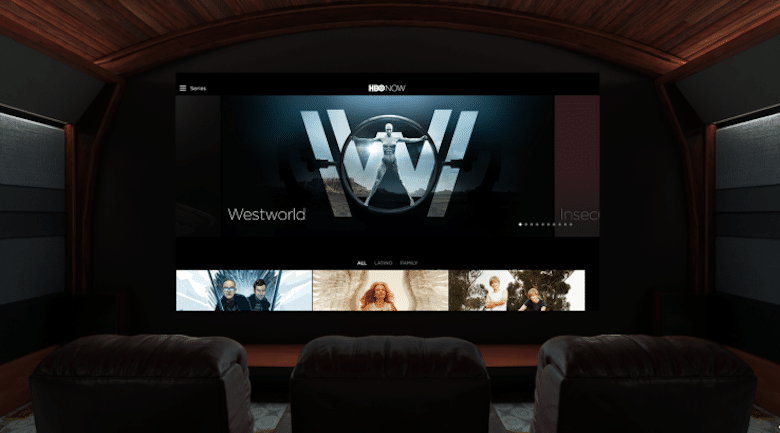Netflix’s Current Approach to VR (and Why Its App Is so Popular)
The history of innovation is a history of new ideas crashing into established practices and habits and sweeping them away without ceremony. The advent of television in the 1950s wreaked havoc with the motion picture industry by shifting theater-going habits. The advent of the Internet in the 1990s profoundly impacted reading habits, video selection, and social interactions. In terms of content selection, the online streaming service Netflix, with its extensive library of motion pictures, television and self-produced content has given consumers a never before seen level of choice—including when and where they want to watch and on which device.
Despite the huge enthusiasm and growing popularity of the most recent viewing innovation–virtual reality–Netflix has chosen to adopt a wait and see attitude by not producing any immersive content itself. Netflix is also limiting its involvement in the release of 360-degree immersive video applications that allow users to enter a virtual room and watch films.

Wait and see
This wait and see approach is ironic because Netflix was one of the first video streaming services to adopt VR (back in 2015). According to the company’s Chief Production Officer, Greg Peters, VR technology is not sufficiently developed to be attractive to a mass market which is larger than the community of gamers (the overwhelming majority of immersive viewers). Nevertheless, the company’s 360 degree app has been a huge success among non-gamers according to a study from Magid conducted in conjunction with the VR/AR Insights Consortium. The study, based on results tallied from about 2,000 U.S. consumers, found that 22% percent of mobile VR users have watched Netflix VR, making it the most popular mobile VR app, by far.
The reasons for the app’s popularity are manifold. First, it enables viewers to simultaneously enjoy different content, ie same physical space but with total isolation and privacy. Second, it gives consumers complete freedom in their viewing positions and would enable a consumer to watch his or her favorite film while lying flat in bed. The third, and probably the most important, reason, is that it gives the viewer an opportunity to consume Netflix content in a safe bubble, disconnected from his or her immediate environment, and create “me time” space for emotional and spiritual rejuvenation.
When VR becomes mainstream and demands explode for true immersive content like 360 videos, Netflix will be ideally placed to upgrade its current app and deliver the unique experience people want.
If Netflix wants to continue its innovative status, it would be wise to lead the way with immersive content before Netflix, too, is unceremoniously surpassed by another big, new idea.




